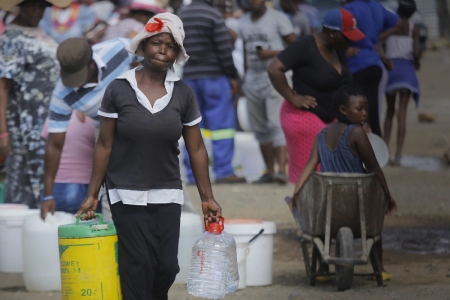South Africa is defined by both large commercial farming and small subsistence farming, a dynamic environment in which water resource for the agricultural sector are constantly changing. In an effort to focus policies and investment on irrigation and reduction of smallholder farmers' vulnerability, data on irrigation is valuable.
Yet, recent studies reveal that there are many differences in reported numbers of irrigated areas, especially in developing countries. The significant knowledge gaps and uncertainties still remain to be filled to better inform investment decisions and policy making. This is particularly relevant for South Africa, where the National Development Plan (NDP) hopes to increase irrigated areas.
With irrigation integral to South Africa's food security, the compiled maps from IWMI-lead research address the lack of data and a general lack of an accurate, up to date and comprehensive information set for a baseline.
Based on a combination of Landsat and Moderate Resolution Imaging Spectroradiometer (MODIS) satellite data, previous irrigated area mapping exercises carried out by DAFF and three-field ground truthing (GT) surveys, a total of 1.6 million hectares (Mha) of cropland were identified, with 262,000 ha actually irrigated in the 2015 winter season. The study also found that only 29% of all land equipped with center pivots was actually irrigated.

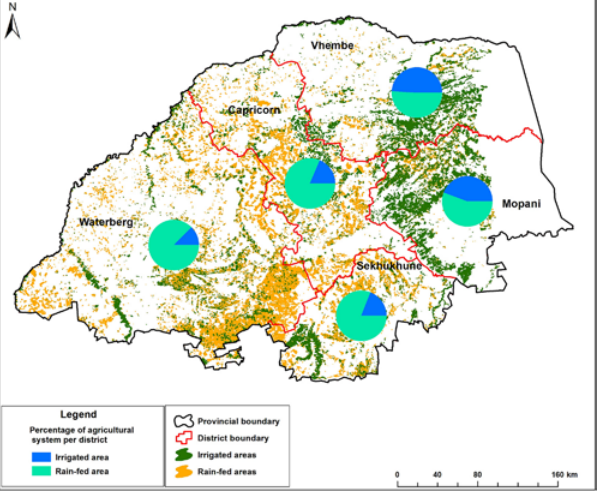

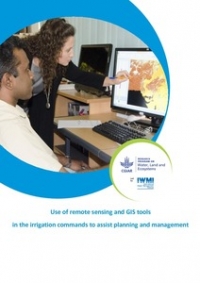
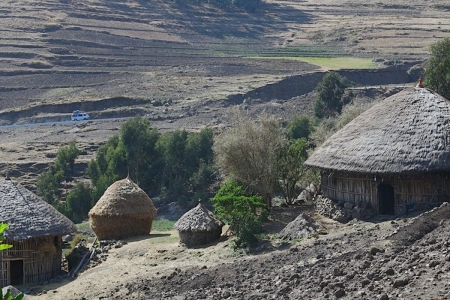
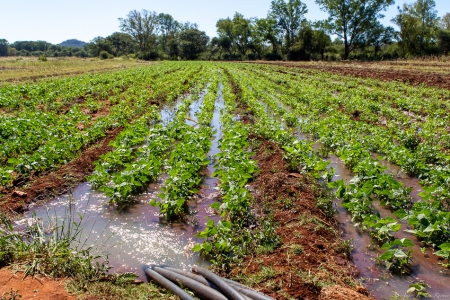
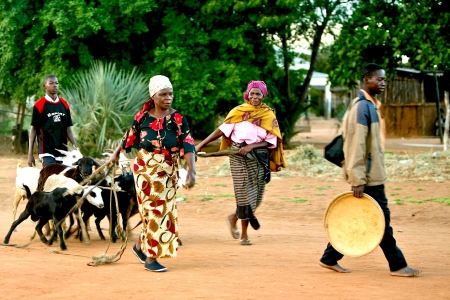

/index.jpg?itok=KK_btH_L&c=1e41ff7740f2c7be23dcc40569fe2d59)

